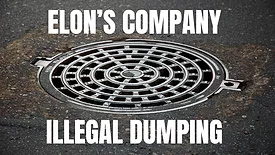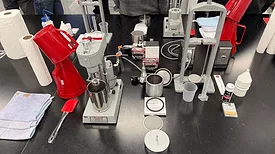Home » Keywords: » drilling fluids
Items Tagged with 'drilling fluids'
ARTICLES
Clark County regulators say the company repeatedly dumped drilling fluids into manholes
Read More
Mud School 101: Essential Training for Drillers
Is mud school necessary for the average driller?
Read More
Wyo-Ben Honored by Montana for Workplace Safety
Company Recognized for Dedication to Safe Operations
Read More
CETCO Rel-PAC Xtra-Low Certified to NSF/ANSI/CAN Standard 60
Polymer Designed for Borehole Stability, Lower Fluid Loss
Read More
Wyo-Ben Buys M-I Swaco Bentonite Operation
Company Says Purchase Positions it for Growth, Innovation
Read More
Dig deeper into the drilling and water supply industry!
Build your knowledge with The Driller, covering the people, equipment and technologies across drilling markets.
SIGN UP NOWCopyright ©2025. All Rights Reserved BNP Media.
Design, CMS, Hosting & Web Development :: ePublishing











